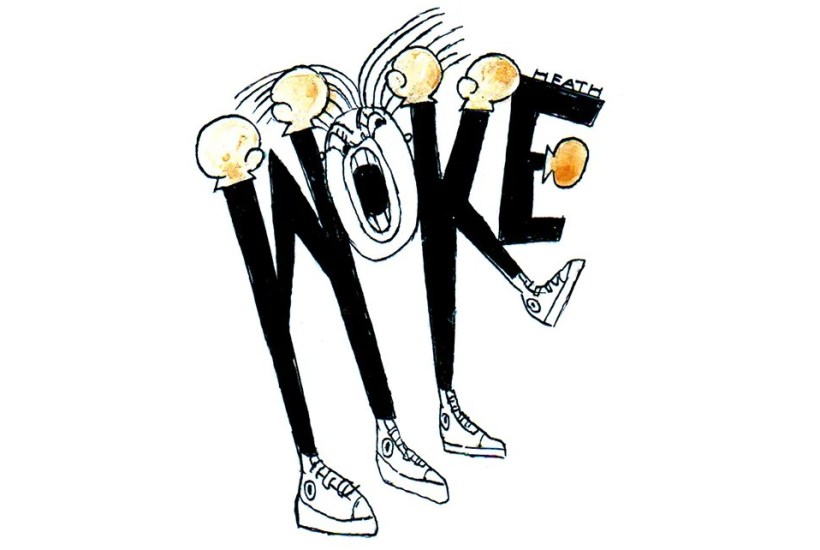If you had to choose a political word of the decade you could do worse than ‘woke’. Because these days ‘woke’ – and its various subsidiary forms: ‘wokeness’, ‘wokery’, ‘wokerati’, ‘the great awokening’, ‘woquemada’ – seems ubiquitous, and very much part of the verbal furniture. And yet woke has a surprisingly short history as a notable term.
Already a subscriber? Log in
Subscribe for just $2 a week
Try a month of The Spectator Australia absolutely free and without commitment. Not only that but – if you choose to continue – you’ll pay just $2 a week for your first year.
- Unlimited access to spectator.com.au and app
- The weekly edition on the Spectator Australia app
- Spectator podcasts and newsletters
- Full access to spectator.co.uk
Or




















Comments
Don't miss out
Join the conversation with other Spectator Australia readers. Subscribe to leave a comment.
SUBSCRIBEAlready a subscriber? Log in